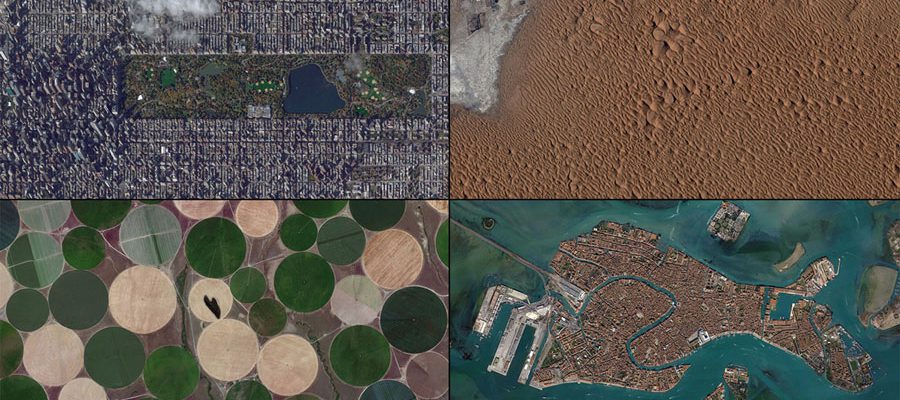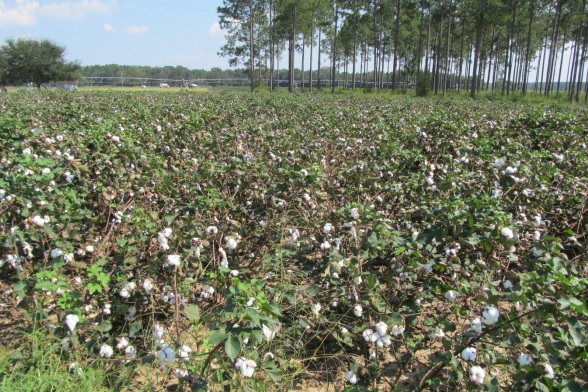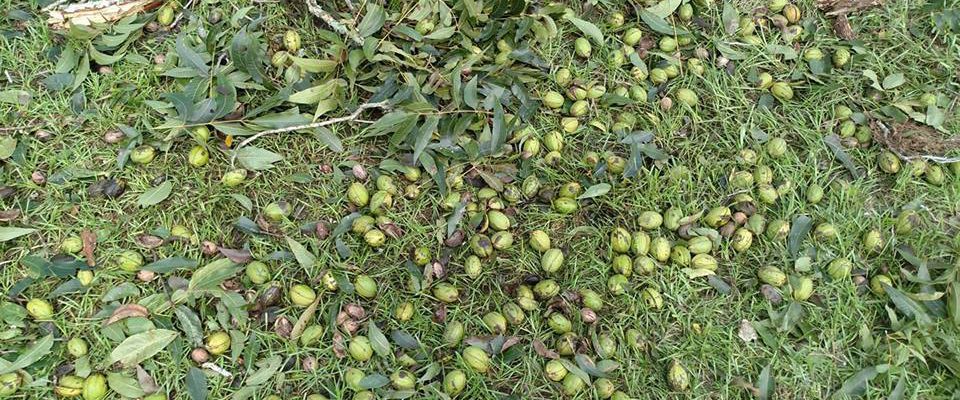2018
-

Now that we are experiencing freezing temperatures at night, it is a good time for livestock producers to remember the impacts of that cold weather on forages. Here is a good article from the University of Nebraska-Lincoln on how freezes can cause hazards in some plants. You can read it here courtesy of Drovers Newsletter.
-

While Hurricane Michael has been in the news most recently, agricultural producers in southeastern North Carolina are still recovering from the impacts of Hurricane Florence’s heavy rainfall, which caused a lot of damage in that part of the Southeast. Farm Bureau’s Pork Business published a story recently describing some of the things that pork producers…
-

Now that fall has come, you will certainly notice the migration of Canadian geese, monarch butterflies, and other winged creatures headed south to warmer climates. Did you know that these migration patterns are linked to the weather? Strong winds from the north help geese put on miles quickly, for example. You can learn more at…
Posted in: Climate and Ag in the news -

If you like aerial photography, you will be sure to like this photo feature from The Atlantic magazine showing a series of images, all at the same scale, showing patches of the earth that are seven square miles big each. The array of different topographies is amazing! You can see the images here. Be sure…
Posted in: Interesting weather images -

This week the New York Times published a long article looking at whether farmers in Georgia that have been affected by recent storms like Hurricane Michael are attributing the impacts from these storms to climate change. While most farmers think that they are primarily caused by year-to-year weather variations, which I usually call “climate variability”,…
-

This week’s question from the Georgia Climate Project’s Roadmap has to deal with how coastal managers will have to make choices about coastal management. They will have to determine how to deal with the effects of climate change such as rising sea levels and increases in hurricane strength (although not necessarily frequency), changes in salinity…
-

The UGA blog on Food, Agriculture and Resource Economics (FARE) posted an article on the estimated losses from Hurricane Michael yesterday. In brief, they found that “Our preliminary estimate shows that the current crop loss is $100 million and the tree loss is $260 million while the loss of future income is $200 million. Summing…